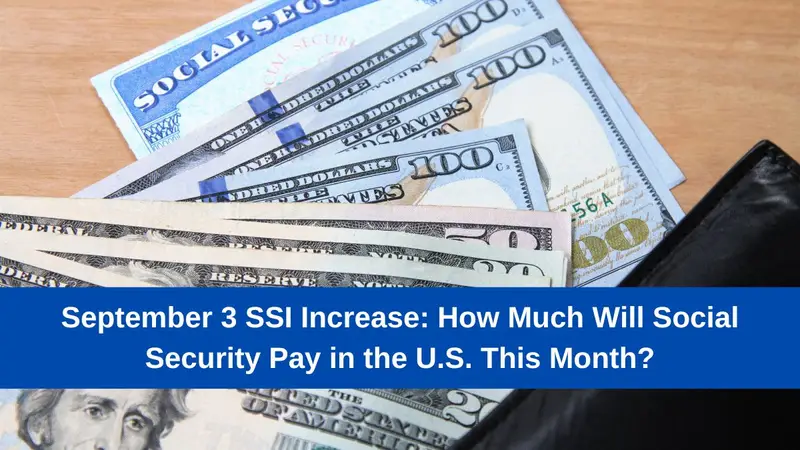The $10 bill is more than just a piece of paper with Alexander Hamilton’s portrait; it holds historical significance, potential rarity, and surprising value that many people overlook. Whether you’re a collector or just someone with a keen interest in the stories behind everyday objects, below listed seven reasons tells why you should explore the true worth of a $10 bill.
Reasons to Discover the True Worth of a $10 Bill
1. Historical Significance and Design
The $10 bill has undergone numerous changes since its inception, reflecting the evolution of American history and technology. Initially introduced in 1861 as a demand note, the bill featured different designs and figures, such as Abraham Lincoln and Andrew Jackson, before settling on Alexander Hamilton in 1929.
The bill’s design incorporates advanced security features, making it a reflection of both American history and technological progress.
| Year | Design/Feature | Significance |
|---|---|---|
| 1861 | Abraham Lincoln | First $10 demand note |
| 1914 | Andrew Jackson | Federal Reserve Note introduction |
| 1929 | Alexander Hamilton | Standardized small size, current portrait |
| 1990 | Security features (microprinting, thread) | Modern anti-counterfeiting measures |
2. Collectible Value
Certain $10 bills are worth far more than their face value due to rarity, condition, or unique serial numbers. For instance, a $10 bill with a “solid serial number” (e.g., 44444444) or “repeater serial number” (e.g., 67676767) can be valued significantly higher in the collector market.
Some bills from the early 20th century, particularly those in mint condition, have fetched thousands of dollars at auctions.
3. Security Features
The U.S. government has implemented various security features in $10 bills to prevent counterfeiting. Features like raised printing, color-shifting numerals, and embedded security threads are not just functional but also add a layer of complexity that reflects the importance of maintaining the integrity of the currency.
4. Alexander Hamilton’s Legacy
Alexander Hamilton, whose portrait graces the $10 bill, was one of the Founding Fathers and the first Secretary of the Treasury. His influence on America’s financial system is monumental, making the $10 bill not just a currency but a tribute to his legacy. Understanding Hamilton’s impact on the U.S. economy adds a layer of appreciation for the bill.
5. Potential Rarity in Serial Numbers
Certain serial numbers can increase the value of a $10 bill significantly. For example, “birthday serial numbers,” which match significant dates like “07041776” (July 4, 1776), are highly sought after by collectors. Other rare serial numbers, like those starting with multiple zeros, can also command higher prices.
6. Economic Insight
The $10 bill is often used as a microeconomic indicator. Its circulation patterns, lifespan (averaging 4.5 years), and frequency of use provide insights into consumer behavior and economic trends. Analyzing these aspects can offer a unique perspective on the state of the economy.
7. Legal Tender and its Lifespan
Despite its humble appearance, the $10 bill is a crucial part of daily transactions, representing trust in the U.S. financial system. Interestingly, the average lifespan of a $10 bill is shorter than that of higher denominations due to its frequent use in everyday transactions. This frequent circulation also contributes to its quicker replacement rate(
Conclusion
10 bill is far more than just a medium for everyday transactions. Its historical significance, collectible value, and the advanced security features embedded within it make it a noteworthy piece of currency.
Whether you are a collector interested in rare serial numbers or someone fascinated by the legacy of Alexander Hamilton, the $10 bill offers a unique blend of history, economics, and art that is worth exploring.
Understanding its true worth can enrich your appreciation for this often-overlooked denomination.
FAQs
1. What factors make a $10 bill collectible?
A $10 bill becomes collectible if it has unique serial numbers, is from a limited or older series, or is in pristine condition.
2. How can I check if my $10 bill is rare?
To check if your $10 bill is rare, examine the serial number, year of issue, and consult a currency value guide or appraiser for an accurate assessment.
3. What security features are on a modern $10 bill?
Modern $10 bills feature raised printing, color-shifting numerals, and an embedded security thread that glows under UV light.
4. Why is Alexander Hamilton on the $10 bill?
Alexander Hamilton is on the $10 bill due to his significant contributions as the first Secretary of the Treasury, including establishing the U.S. financial system.
5. How long does a $10 bill last in circulation?
The average lifespan of a $10 bill in circulation is about 4.5 years due to its frequent use in daily transactions.















